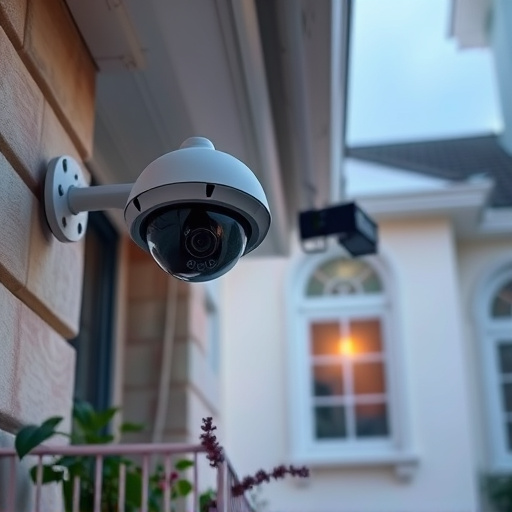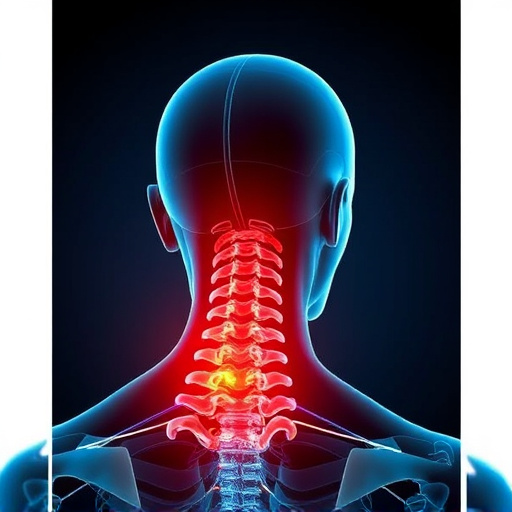Government employee care systems are complex networks supporting diverse health needs of public servants, encompassing physical and mental health services. Efficient navigation requires knowledge of resources and understanding unique challenges. By prioritizing accessibility and individualized approaches, organizations ensure personnel receive appropriate care, fostering well-being, job satisfaction, and improving service efficiency. Strategic technology integration standardizes data formats, streamlines processes, and enhances care delivery. Effective communication through robust internal channels aligns stakeholders with policies, empowers staff to create personalized treatment plans, and boosts job satisfaction via accessible digital platforms and innovative technologies.
In the intricate landscape of government services, efficient management of government employee care systems is paramount. This article explores the complexities inherent in these systems and offers insights into strategic solutions. We delve into understanding the nuances of government employee care, tackling challenges in data management that hinder progress, and enhancing communication networks for improved accessibility. By addressing these aspects, we aim to illuminate paths toward more streamlined and effective government employee care programs.
- Understanding Government Employee Care Systems
- Overcoming Challenges in Data Management
- Enhancing Communication and Accessibility
Understanding Government Employee Care Systems

Government employee care systems are intricate networks designed to support the unique needs of public servants, encompassing physical and mental health services. Understanding these systems involves recognizing their multifaceted nature, catering to a diverse range of employees with varying health concerns. From acute injuries sustained during duty to chronic pain relief for long-term conditions, these programs aim to provide comprehensive care. Chiropractic treatment, for instance, is often incorporated into personalized treatment plans to address musculoskeletal issues prevalent among government workers.
Effective navigation of these systems requires knowledge of available resources and a sensitivity to the specific challenges faced by government employees. By prioritizing accessibility and individualized approaches, organizations can ensure that personnel receive the appropriate care for their unique circumstances. This, in turn, fosters employee well-being, enhances job satisfaction, and ultimately contributes to the overall efficiency and effectiveness of public services.
Overcoming Challenges in Data Management

In the realm of government employee care systems, effective data management is a significant challenge that can often feel like navigating a labyrinthine landscape. The vast and diverse nature of public sector workforces poses unique hurdles in terms of consolidating and organizing health records, especially when considering specialized treatments like shockwave therapy for pain or muscle recovery, and targeted relief from pinched nerves. Existing systems may struggle to keep up with the dynamic demands of modern government employee care, leading to inefficiencies and potential delays in access to critical services.
Overcoming these complexities requires a strategic approach that leverages technology for seamless data integration. Implementing robust digital platforms that facilitate real-time updates and secure sharing of health information is crucial. By standardizing data formats and ensuring interoperability between different government departments, the entire process becomes more streamlined. This not only enhances the efficiency of care delivery but also ensures employees have access to comprehensive medical services tailored to their unique needs, including innovative treatments for common pain points.
Enhancing Communication and Accessibility

Effective communication is a cornerstone in enhancing government employee care systems. By implementing robust internal communication channels, organizations can ensure that all stakeholders—from administrators to front-line healthcare providers—are aligned with the latest policies and procedures related to employee well-being. This includes providing clear guidelines on handling various aspects of government employee care, such as mental health support, physical injury recovery (including sports injuries), and accessible healthcare services. Regular training sessions and workshops can empower staff to offer personalized treatment plans tailored to individual needs, fostering a more inclusive environment.
Digital platforms play a pivotal role in improving accessibility. Online portals or mobile applications dedicated to government employee care can facilitate easy access to resources, appointment scheduling, and secure communication between employees and healthcare providers. Moreover, integrating advanced technologies like shockwave therapy into these systems can offer innovative solutions for common injuries, ensuring faster recovery times and enhancing overall job satisfaction among government employees.
Government employee care systems, while complex, can be streamlined through a combination of efficient data management practices, enhanced communication strategies, and improved accessibility. By understanding these components and implementing effective solutions, governments can better support their employees, leading to increased job satisfaction and productivity. Navigating these complexities is crucial for fostering a positive work environment that attracts and retains top talent within public service.














